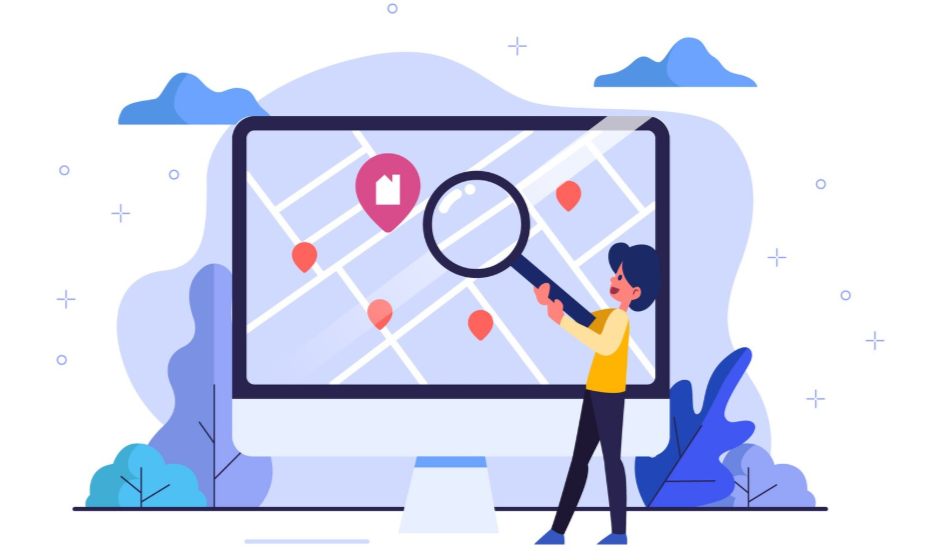
Photos are more than just decoration for your business listings; they can determine how potential customers perceive and trust your brand. Having the right images in local search can be a decisive factor in whether someone chooses you or a competitor. That’s why exploring photo optimization is an essential map SEO agency tactic for local businesses to master.
Why Photos Matter In Local Search
Images catch the eye faster than text, making them the first thing users often notice in local search results. Google favors listings with active, high-quality photo contributions, viewing them as signs of an up-to-date and engaged business. The more appealing your visual content, the likelier potential customers will click, call, or visit your location.
Photos also strengthen your credibility. Listings with real, authentic images appear more trustworthy than those using stock photos or lacking visuals entirely. Customers are naturally drawn to businesses that offer a window into their spaces, products, and experiences.
Lastly, photos can directly influence rankings. Google’s local algorithm considers imagery activity when determining who gets prime local placement, giving a boost to businesses that consistently upload fresh, relevant pictures.
The Essentials Of Photo Types And Subjects
Selecting the right images is about more than snapping any picture and uploading it. Google My Business (now known as Google Business Profile) recommends businesses add photos in several key categories:
- Exterior shots: Help customers recognize your location before arriving.
- Interior photos: Provide insight into the atmosphere and cleanliness.
- Product or service images: Display what you sell or do in clear detail.
- Team photos: Humanize your brand and foster connection.
- Customer experience moments: Showcase real customers enjoying your offerings.
Of course, quality is essential; blurry, low-light, or irrelevant images can do more harm than good. Use sharp, well-lit photos that accurately represent your business and appeal to your ideal audience.
Geotagging: The Hidden Power Behind Photos
Geotagging attaches location data to your images, indicating to Google that your photos are associated with a specific location. Including geotags enhances your authenticity and makes your business appear more relevant to local searches in your area.
Uploading geotagged photos strengthens your local association in the eyes of search engines. Mobile phones and modern cameras often automatically include GPS data in image files—ensure this feature is enabled when capturing business-related photos. For older images or professional photos, geotags can often be added through photo editing tools or apps.
However, do not manipulate or fake locations; always use authentic imagery from your real business address. Search engines may penalize attempts to mislead, resulting in lower visibility or even removal from listings.
Frequency: Consistency Creates Momentum
Posting photos consistently signals ongoing engagement to customers and search platforms. A one-time photo upload during business setup is unlikely to maintain attention or ranking advantages over time.
Aim to refresh your photo gallery with new images at least once a month, if not weekly. Regular updates keep your listing dynamic and showcase current offerings, seasonal changes, or special events. Google rewards fresh content, viewing it as a sign of active business management.
Consider setting reminders or appointing a team member to handle routine photo uploads as part of your ongoing digital marketing strategy. This practice ensures that your business always presents its best visual image and maintains optimal local search placement.
Optimizing File Names And Descriptions
Before uploading, rename your image files to accurately reflect what’s pictured and where; for example, “coffeeshop-main-room-downtown.jpg” is preferable to a generic string of numbers. Add concise captions or alt text that describe the subject and, where relevant, include keywords naturally (never stuff keywords unnaturally).
These small tweaks make it easier for search engines to understand your visual content and associate your business more strongly with relevant search terms and locations. Remember, optimization is about clarity and authenticity—always choose accuracy over keyword stuffing.
Encouraging Customer Photo Contributions
Customer-generated photos can be powerful. They provide social proof, showcase authentic experiences, and diversify your visual content. Encourage satisfied customers to post photos through review invitations, in-store prompts, or follow-up emails.
Monitor your listing to ensure customer images accurately reflect your business and intervene when inappropriate or misleading pictures appear. Respond politely to both positive and negative reviews, showing active involvement in your online reputation. Customer contributions also signal popularity and engagement to search platforms, increasing the likelihood of improved map pack visibility.
Measuring Impact And Adjusting Strategy
Track your Google Business Profile insights to see which photos gain the most views and engagement. Experiment with different types of images and posting schedules, noting what draws attention or leads to clicks.
Stay updated on Google’s evolving best practices, as local SEO is a dynamic field and search algorithms frequently shift their criteria for top placement. Continual improvement ensures your photo optimization strategies remain effective now and in the future.
Conclusion
Strategically uploading the right photos, ensuring geotagging, and posting consistently can radically improve your local search visibility. Focusing on quality and authenticity not only attracts more customers but also helps secure a coveted spot in local listings. For any business invested in map SEO agency, prioritizing photo optimization is a shortcut to lasting local success.

